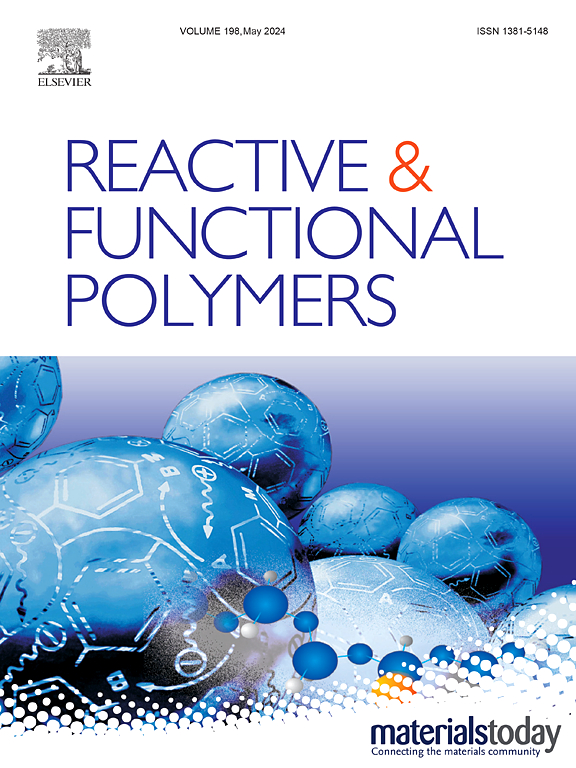Understanding molecular confinement in polymeric nanoporous materials via infrared spectroscopic measurements
IF 5.1
3区 工程技术
Q1 CHEMISTRY, APPLIED
引用次数: 0
Abstract
The existence of molecular confinement in nanoporous polymeric samples is a discussion with notable impact that has been opened in the past decade. This work aims to shed more light on the topic and demonstrate molecular confinement with an additional analytical method. For this purpose, nanoporous polymeric samples were prepared out of PMMA from different commercial grades and foamed via gas dissolution foaming. The molecular confinement in these samples is demonstrated by using Attenuated Total Reflectance (ATR) FTIR spectroscopy in microscopic mode and following the changes in both spectral peak areas and peak shifts with changes in the pore wall thickness. Utilizing its high precision, the shortening of bond lengths due to confinement is evaluated via peak shifts. ATR is compared to previous functional techniques, namely Raman spectroscopy and DSC. The results prove ATR effective in both cases, and reveal that confinement causes changes in the polymeric chains within pore walls with thicknesses of less than . For these cases, ATR and Raman spectroscopy demonstrate that shortening of atomic bond lengths affects molecules' polarizability and causes overall chain immobilization.

通过红外光谱测量了解高分子纳米多孔材料中的分子约束
纳米多孔聚合物样品中分子约束的存在是近十年来一个具有显著影响的研究热点。这项工作的目的是阐明更多的主题,并证明分子约束与额外的分析方法。为此,用不同商业等级的PMMA制备了纳米多孔聚合物样品,并通过气体溶解发泡进行发泡。通过在微观模式下使用衰减全反射(ATR) FTIR光谱,并跟踪光谱峰面积和峰移随孔壁厚度变化的变化,证明了这些样品中的分子约束。利用其高精度,缩短键长由于约束是通过峰移位评估。ATR与以前的功能技术,即拉曼光谱和DSC进行了比较。结果证明ATR在这两种情况下都是有效的,并且表明约束会导致厚度小于100nm的孔壁内聚合物链的变化。对于这些情况,ATR和拉曼光谱表明原子键长度的缩短会影响分子的极化性,并导致整体链固定化。
本文章由计算机程序翻译,如有差异,请以英文原文为准。
求助全文
约1分钟内获得全文
求助全文
来源期刊

Reactive & Functional Polymers
工程技术-高分子科学
CiteScore
8.90
自引率
5.90%
发文量
259
审稿时长
27 days
期刊介绍:
Reactive & Functional Polymers provides a forum to disseminate original ideas, concepts and developments in the science and technology of polymers with functional groups, which impart specific chemical reactivity or physical, chemical, structural, biological, and pharmacological functionality. The scope covers organic polymers, acting for instance as reagents, catalysts, templates, ion-exchangers, selective sorbents, chelating or antimicrobial agents, drug carriers, sensors, membranes, and hydrogels. This also includes reactive cross-linkable prepolymers and high-performance thermosetting polymers, natural or degradable polymers, conducting polymers, and porous polymers.
Original research articles must contain thorough molecular and material characterization data on synthesis of the above polymers in combination with their applications. Applications include but are not limited to catalysis, water or effluent treatment, separations and recovery, electronics and information storage, energy conversion, encapsulation, or adhesion.
 求助内容:
求助内容: 应助结果提醒方式:
应助结果提醒方式:


